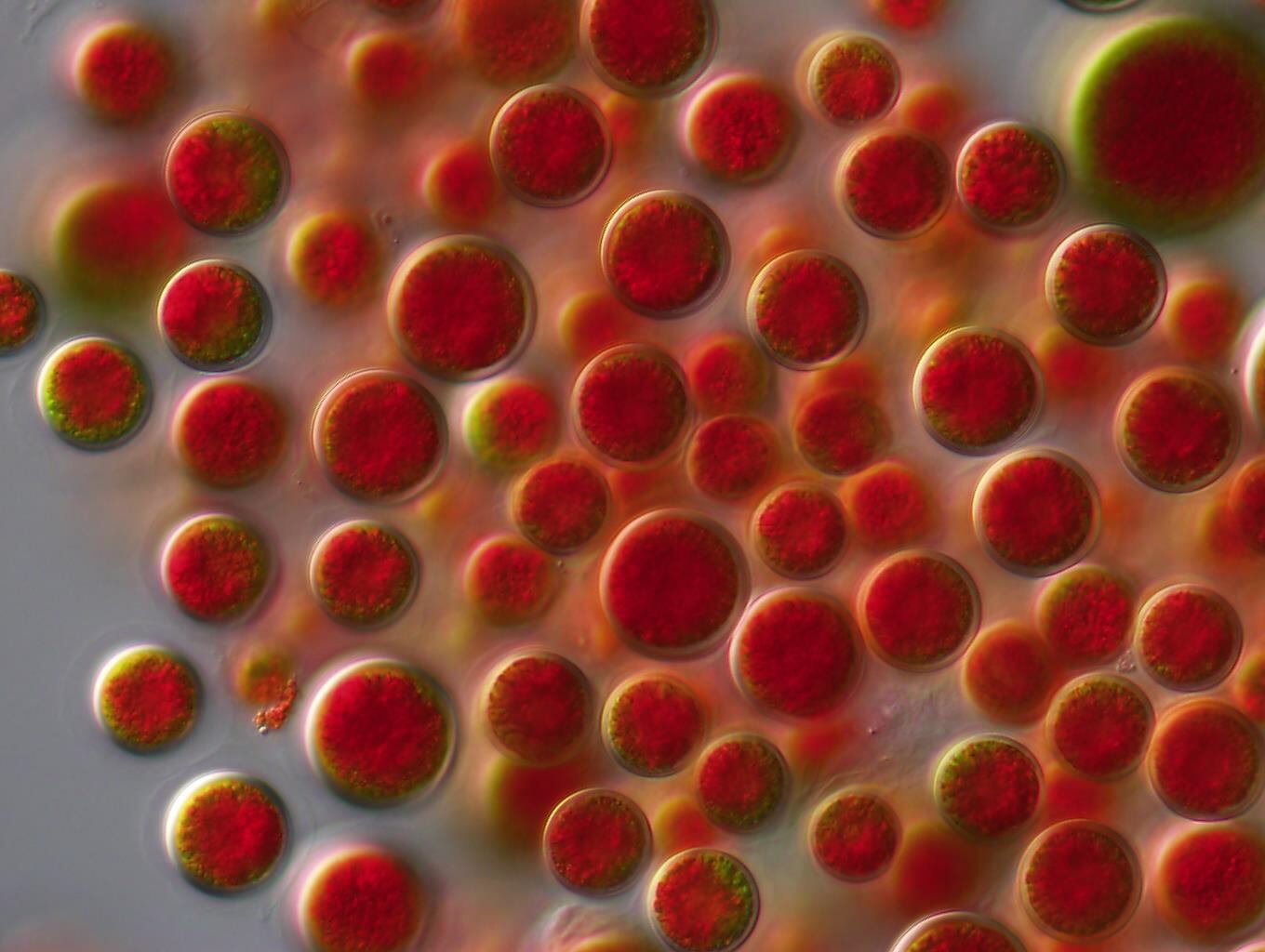Microalgae has been seen as a source of almost unlimited potential for the production of various valuable chemicals, including dietary ingredients. But the promises and projections made by algae promoters have unfortunately seemed almost unlimited, too. While it has been possible to demonstrate at bench scale the production of a number of dietary supplement and food ingredients including carotenoids, proteins and various oils via algae cultivation, scaling these projects up has proven to be a larger hurdle than some developers at first envisioned. A number of algae companies have claimed repeatedly to be months away from full scale production until they disappear from the map for want of capital.
Under promise and over deliver
Heliae, which has an R&D and production facility in Gilbert, a suburban city southeast of Phoenix, has chosen to take the ‘under promise and over deliver’ stance. The company is backed by investment capital from the Mars family who have taken a long term view about the company’s prospects.
Heliae is a spinoff from Arizona State University in nearby Tempe, where research into algae production systems has been underway for decades. ASU hosts AzCATI, the Arizona Center for Algae Technology and Innovation. Heliae has designed a hybrid production technology, which marries aspects of phototrophic and heterotrophic (fermentation-like) algae, in a plug-and-play way so that it can be quickly adapted to new sites and environments and can also be quickly scaled up. The company has focused on two areas for the moment: astaxanthin production and the supply of an algae-based agricultural ingredient to be used as a soil amendment to foster beneficial microbial growth.
Len Smith, chief business officer of Heliae, gave NutraIngredients-USA an update on the company. The company is expanding and moving into new avenues, which may require it to assume a somewhat higher profile, he said.
“We have expanded our astaxanthin production capabilities. We are providing more of that product than we ever have before,” Smith said. Where other algae producers frequently tout how close they are to production phase, as previously mentioned, Smith said Heliae has sans publicity been quietly churning out astaxanthin that is now being used in a number of familiar brands that are sold online and in retail outlets.
Ponds under glass

Astaxanthin is produced by the Haematococcus pluvialis organism which is grown at commercial scale in either open ponds or in vast closed tube systems. Heliae splits that difference to some degree by housing open ponds within a greenhouse setting, which Smith said marries the best of the two approaches.
“We elected to go this path for two reasons. First, economically we think the open pond system within a closed environment will ultimately give us a lower cost and will allow us to offer our products at a lower price. And secondly, the open pond system exposed to the atmosphere is always vulnerable to contamination. Anything could get in there. And even in the closed tube systems, they can be somewhat vulnerable to contamination, and when it does get in there it is difficult to find it and to clean it out. An open pond is more easily maintained,” he said.
Heliae has entered into a joint venture with Japanese company Sincere Corporation to produce astaxanthin for the Japanese market. That deal, first announced two years ago, is nearing fruition, Smith said.
“That facility is very far along in development in Saga City. As far as we know, that will be the first astaxanthin truly produced in Japan for that market. I think they will be commissioning the plant within six months or less,” he said.
“We hope this will be the first of many such projects. We don’t necessarily have to enter all of these markets ourselves; we could do it through more joint ventures. But these projects take a long time,” Smith said.
Omega-3s next target
Now that Heliae has its feet on the ground with commercial products, Smith said the company is looking at other targets. Heliae has a robust R&D effort that has screened thousands of organisms, and is looking to derive ingredients ranging from functional proteins to a potential replacement for carrageenan from them. The next goal is to develop a platform for an algal omega-3 ingredient. But Smith acknowledged entering that sphere might require a different approach; it’s a highly competitive market with a lot of established players, so tooting the horn more loudly than Heliae has been accustomed to do in the past might prove necessary, he said.
“The nearest term project we are working on is something in the omega-3s space. Our hope is that we will be in the market and have an ingredient available by the end of the year,” Smith said.
